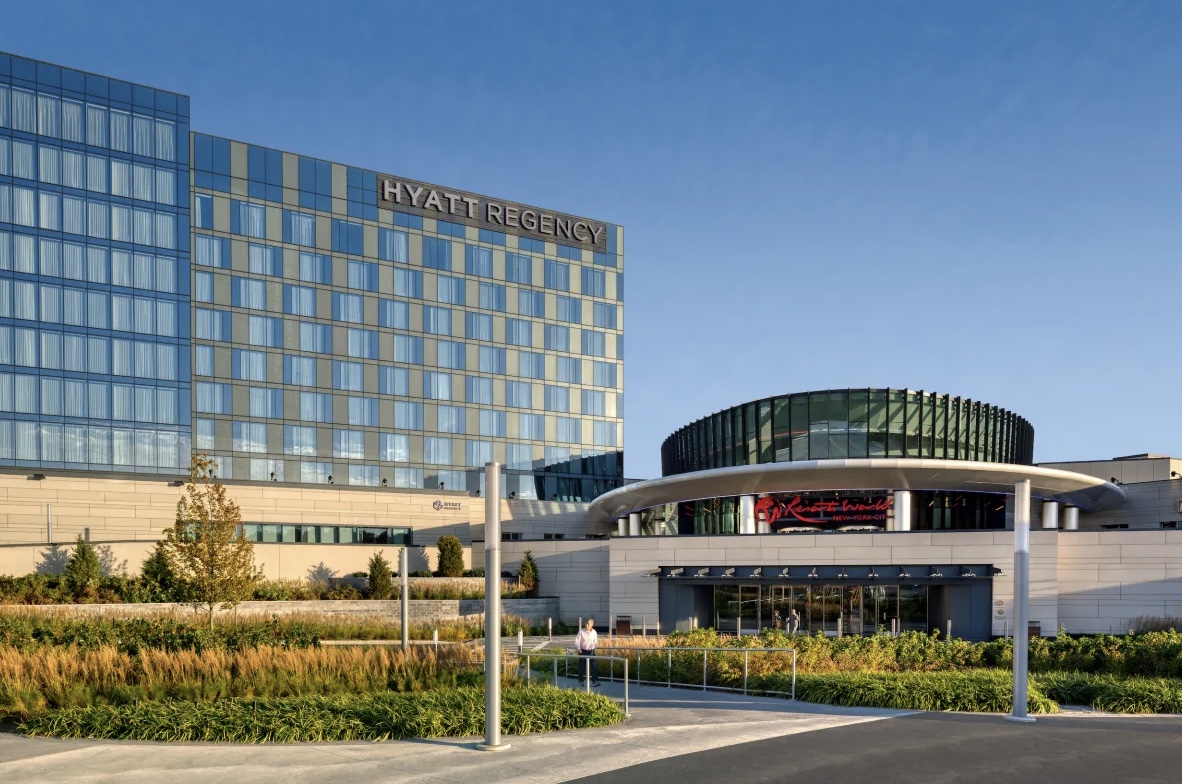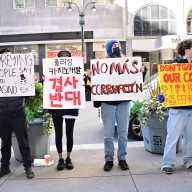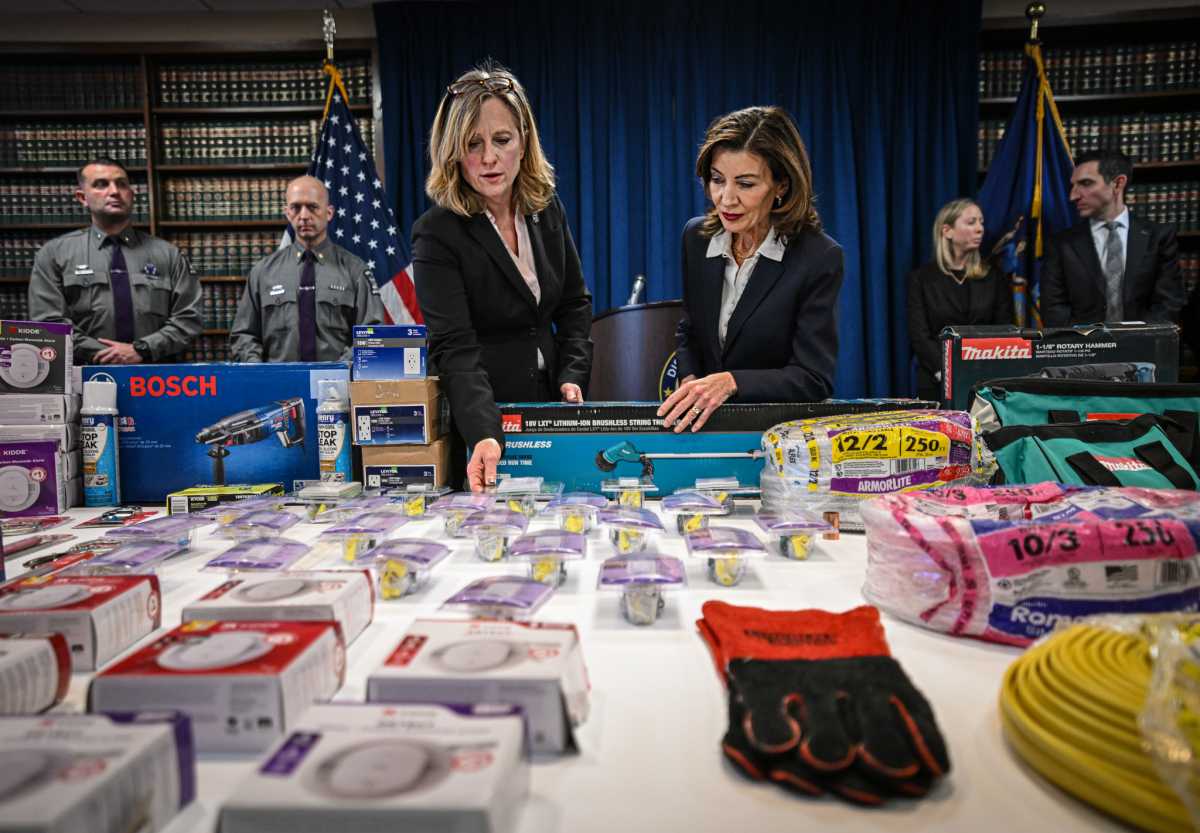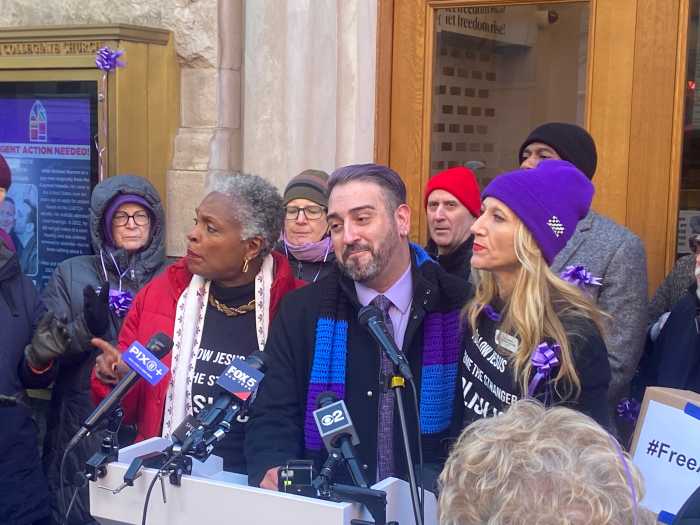Nori, a dynamic researcher, teacher and practitioner, said the implantation of radioactive pellets in the prostate gland enables patients to go to work a few days after the procedure.
"We offer our patients an improved quality of life," he said. "For example, incontinence occurs in less than two percent of our patients, as compared to 30 percent in surgical cases."
Nori believes the estimated 50 percent cure rate in cancer in the U.S. can be traced to the "war on cancer" launched in the 1970s by President Richard Nixon.
He added the cure rate has doubled in the past five years.
"If it were not for Nixons initiative," Nori said, "we would not be where we are today."
The radiation oncologist is combating the widespread fear that results after patients are given a diagnosis of cancer.
"We provide educational and outreach programs here to assure patients that cancer is a disease that can be cured and controlled," he said. "Early detection and early diagnosis lead to simpler forms of treatment, and the treatment is always very effective when the disease is diagnosed at a very early stage."
Nori said his staff looks at the whole patient and family with an integrated cancer care program.
Along with other hospitals, the oncology center faces a challenge because of the nationwide nursing shortage. Nori says the issues are financial, but are impacted as well by managed care which has dropped revenues.
"Doctors are stressed out," he said, "because of the pressure from HMOs [health maintenance organizations]."
He noted, however, that the Hospital is no longer in the red.
As a result of Noris leadership, the Center has earned accreditation from the American College of Surgeons.
Nori said the Center takes into account its Flushing location where ethnic communities abound. "We meet with the ethnic community at least every two months to make them aware of our varied cancer treatment and research program."
The 25,000-square-foot medical oncology center is a bright and airy space that materially offsets the grim perception usually associated with cancer. If you spend any time in the facility, staffed by 75 to 100 specialists, nurses and technicians you cant help but impressed by their cheerfulness.
Nori, who personifies that attitude, predicts that the 50 percent cure rate will jump to 75 percent in the next year. He is particularly high on the programs patient support groups that aid patients who underwent prostate, breast and colo-rectal cancer.
Will cancer finally be conquered by a "silver bullet"one therapy that cures every form of the disease?
"Not likely," Nori responds. "It will take the concerted efforts of the National Cancer Institute and private facilities like ours to finally solve this disease. Cancer is the second leading cause of death in the U.S."
Medical experts are still stumped by pancreatic cancer, a disease thats rarely caught early enough to result in effective cure rates. But Nori said new techniques are being developed to change that picture.
The Hospitals all-encompassing cancer program includes radiology, pathology, surgery, radiation oncology, medical oncology, breast center, nursing, nutrition rehabilitation, social services, home care, support groups and screening and prevention.
In a recent year, the Center treated 8,895 patients in the medical oncology service, an increase of about 15 percent; completed 22,000 visits in the Center for Radiation Oncology; experienced 16,978 inpatient days at 100 percent occupancy; analyzed 18,350 cases in surgical pathology; and performed more than 2,000 intra-operative consultations.
































